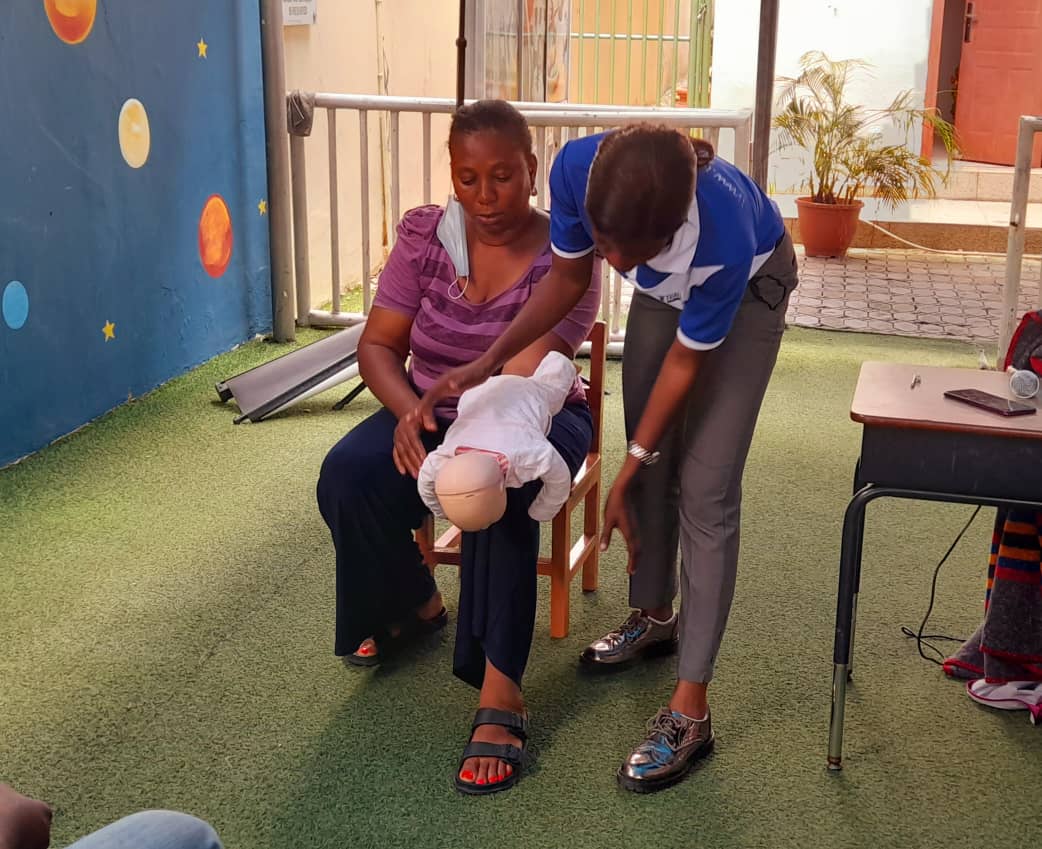Preventing suffocation accidents is crucial for safety, especially in environments with children or vulnerable individuals. Here are some effective strategies:
General Safety Tips
1. Supervision: Always supervise young children during playtime, especially around small objects that can be swallowed or inhaled.
2. Safe Sleeping Practices: Place infants on their backs to sleep. Use a firm mattress and avoid soft bedding, pillows, or stuffed animals in cribs.
3. Food Safety: Cut food into small, manageable pieces for young children. Encourage children to chew their food thoroughly and avoid talking or laughing while eating.
4. Avoid Choking Hazards: Keep small items out of reach of young children (e.g., coins, buttons, small toys). Regularly check toys for small parts that could pose a choking risk.
5. Proper Use of Equipment: Ensure that safety equipment (e.g., gates, high chairs) is used correctly and is age-appropriate. Avoid using plastic bags or other materials that could cover the face.
Home Environment
1. Childproofing: Install safety locks on cabinets and drawers that contain hazardous materials. Use corner and edge guards on furniture to prevent injuries.
2. Ventilation: Ensure proper ventilation in rooms, especially when using gas appliances or during activities that may produce fumes.
3. Emergency Preparedness: Keep emergency numbers visible and accessible. Learn basic first aid and CPR techniques, especially for infants and children.
Awareness and Education
1. Educate Children: Teach children about the dangers of putting objects in their mouths. Encourage them to be mindful of their surroundings and to ask for help if they are in trouble.
2. Workplace Safety: Implement safety protocols in workplaces, especially in industries with potential suffocation risks (e.g., construction, manufacturing).
3. Community Programs: Participate in or promote local safety workshops that address suffocation prevention.
By following these strategies, you can significantly reduce the risk of suffocation accidents in various environments.
Anyone can be a first responder!
All you need is to learn basic first aid and CPR skills.
What are you waiting for?
Join our network today.
To sign up as a first responder, please visit www.traumacareinternational.org/frn





What do you think?
0 Responses
To Comment, you must Sign In
Be the First to Post on this Topic